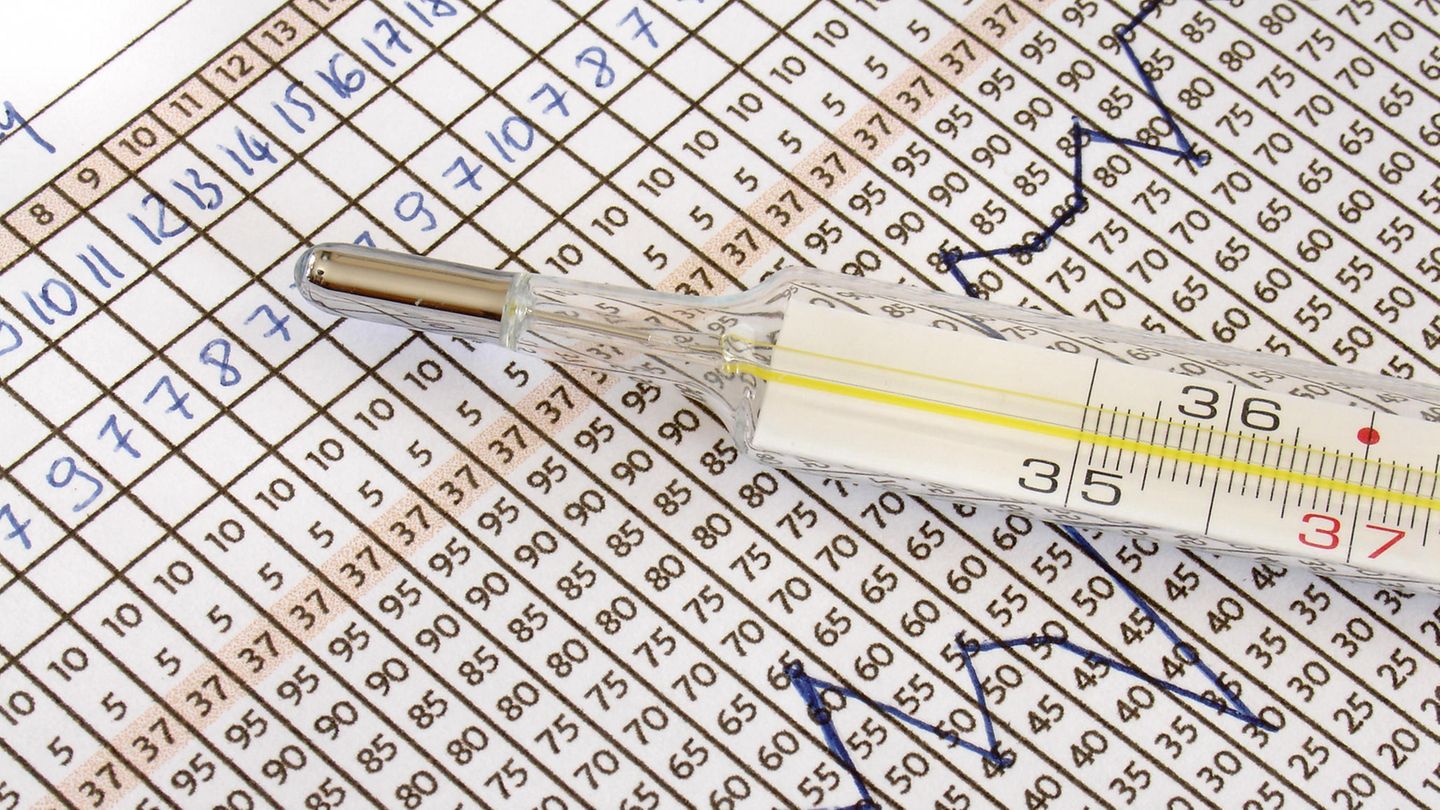I’m Caroline, a journalist and author for 24 Hours Worlds. I specialize in health-related news and stories, bringing real-world impact to readers across the globe. With my experience in journalism and writing in both print and online formats, I strive to provide reliable information that resonates with audiences from all walks of life.
Menu
Natural contraception without a pill? That works!
Categories
Most Read
Beauty Advent Calendar 2025: These cosmetic calendars are worth it
October 15, 2025
No Comments
Wash your hands properly: You should know these facts and myths
October 15, 2025
No Comments
Shaping your eyebrows: This is how you give your face more expression
October 14, 2025
No Comments
Happiness Research: Are Young Adults Unhappier Than Before?
October 14, 2025
No Comments
Assets: How to Protect Grandma’s House and Belongings
October 13, 2025
No Comments
Latest Posts

Winterizing your car: The best tips for vehicle owners
October 16, 2025
No Comments
Vera StackI’m a recent graduate of the University of Missouri with a degree in journalism. I started working as a news reporter for 24 Hours

Ice hockey: Lukas Reichel scores the first brace of his NHL career
October 16, 2025
No Comments
PierceI am Pierce Boyd, a driven and ambitious professional working in the news industry. I have been writing for 24 Hours Worlds for over five

Salt spray for the hair: 5 products for the casual surfer look
October 16, 2025
No Comments
CarolineI’m Caroline, a journalist and author for 24 Hours Worlds. I specialize in health-related news and stories, bringing real-world impact to readers across the globe.
24 Hours Worlds is a comprehensive source of instant world current affairs, offering up-to-the-minute coverage of breaking news and events from around the globe. With a team of experienced journalists and experts on hand 24/7.

